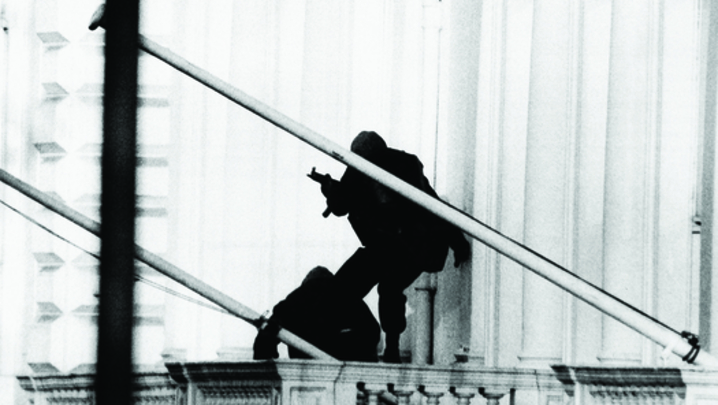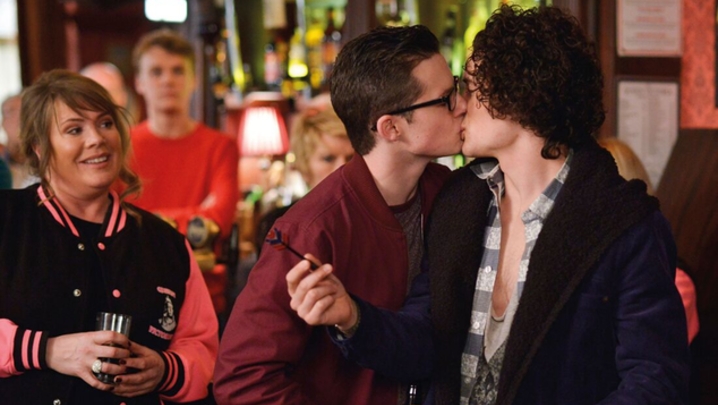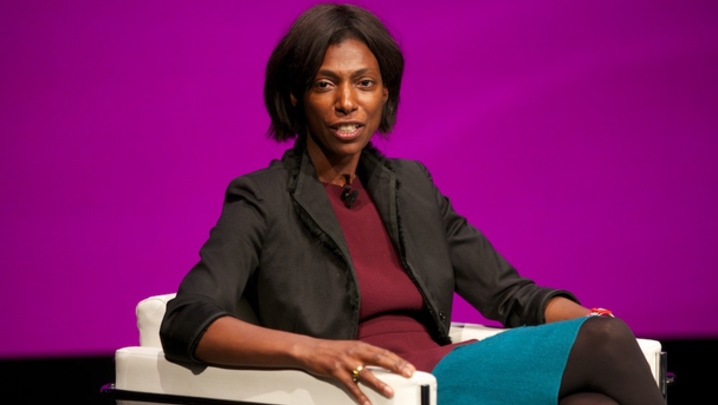Can broadcasters’ attempts to future-proof their flagship news bulletins work in an online age, asks Raymond Snoddy
This month, the BBC will unveil a longer version of The BBC Ten O’Clock News. The flagship bulletin will also come with enhanced production values. Even though the changes to the programme, fronted by Huw Edwards, have been under consideration for months, it will be seen as the latest round in the “battle of the bongs”, following the October relaunch of ITV’s News at Ten, with the user-friendly Tom Bradby.
The 26-minute Ten is the shortest of the BBC’s main bulletins and is produced in its newsroom with robotic cameras. Apart from being longer, the rebooted programme is likely to occupy a bespoke Studio B, at present home to Newsnight, with its integral camera crews and specialist graphics.
While the loss of its studio would be a blow to Newsnight, its audience of around 570,000 viewers is dwarfed by that of the Ten.
BBC Director of News and Current Affairs James Harding has been reviewing the shape and feel of television news services beset by ageing audiences, the young moving online and the arrival of new competitors, such as Vice and BuzzFeed.
Yet, as a former Media Editor of The Financial Times, Harding is very aware of the danger of overemphasising the latest new thing.
He will almost certainly rule out the idea of taking the BBC News channel online only any time soon. The pursuit of young audiences means, however, that a lot of work is being done on how best to produce television news for mobile phones.
“Non-stop television news is very much part of the action. Social media and mobile have given it additional impetus."
Developments will have to come out of declining budgets. The latest tranche of cuts came in November, with a £5m cut for BBC News and a sharper £12m reduction for online services.
Starting on 11 January, The BBC Ten O’Clock News will be 10 minutes longer from Monday to Thursday. The revamped programme will run to a total of 45 minutes, including local news and weather.
It is understood that the BBC considered a more radical plan to run an hour-long bulletin for at least one night a week. The idea involved beefing up arts and science coverage.
The relaunch of ITV’s News at Ten, and the associated hiring of the BBC’s Robert Peston as ITV’s Political Editor with a Sunday political show thrown in, has led to the latest outbreak of news wars.
The spats have been reported under such headlines as the “Ding-dong at ten” and “Rows at ten! Huw and Tom at war over viewing figures.”
Edwards was triumphal on Twitter, highlighting the fact that ITV had attracted around 2 million viewers for the much-hyped relaunch after “[conspiring] to lose 4.2 million in a few minutes after the excellent Doc Martin. We were watched by 4.4 million. So it’s business as usual, whatever the papers say.”
In The Sunday Times, Tom Bradby denounced BBC News as a “swaggering behemoth”, before explaining his ITV brief had been simple. “Don’t worry about the ratings, because we want a prestige product that is distinctive, innovative and at the top of its field in terms of world agenda. And please provide news with personality,” said Bradby.
According to ITV, News at Ten averaged 1.6 million viewers in September and, since the re-launch on 12 October, the average for weekday programmes broadcast at 10:00pm has been 1.9 million.
The ratings for its BBC rival have slipped only slightly to 4.0 million since 12 October, from a year-to-date average of 4.1 million.
For Stewart Purvis, former ITN Chief Executive and, until recently, Professor of Television Journalism at London’s City University, the hype surrounding the spat between Edwards and Bradby “is just nonsense, really”.
Purvis, who turned round Channel 4 News in its early days, does, however, welcome ITV’s News at Ten doing fewer stories better and adding value.
“Above all, I think the idea that ITV, having messed around with News at Ten in its schedule in the past – and, frankly, continuing to mess around – actually cares enough about the programme to have a view on what it should be like is progress,” says Purvis.
Head of Sky News John Ryley also takes a wider view: “I was on News at Ten in 1992, when we launched with Trevor McDonald as a single presenter. There was a lot of huffing and puffing from both sides on the merits of what we were doing and the numbers. Then it all settled down. Nothing changes and competition is good.
“I congratulate ITN in a way and admire what they are trying to do. The BBC, for all its money, should arguably be delivering a better product than it does,” the Sky executive added.
Richard Sambrook, a former head of BBC News, believes that the evening bulletins have a strong future, despite their slowly declining audiences. They will continue to attract the single biggest audience and act “as the Harrods shop window for the digital services that lie behind”.
Sambrook is a journalism professor at Cardiff University. He thinks that Edwards and Bradby have both been “a little ungracious and unseemly”.
He is convinced that the biggest problem for the future of news is the way news channels have been outflanked by the web.
“They cost roughly £50m to £60m a year and get 2% of the available audience and they fail to break news. This can’t be a proposition for the longer term,” Sambrook insists.
"The idea that ITV actually cares enough about News at Ten to have a view on what it should be like is progress"
Unsurprisingly, Ryley disagrees: “Non-stop television news is very much part of the action. Social media and mobile have given it additional impetus. We are moving newsrooms into a new, digitally focused newsroom in April 2017 and will shift more towards a multimedia service – but it will be led by television.”
From across the Irish Sea, Kevin Bakhurst, former Deputy Head of BBC Newsroom and now Deputy Director-General of RTÉ, emphasises that, in the “battle of the bongs”, it was ITV that took the initial, disastrous decision to vacate the 10:00pm slot and allow the BBC in.
In such circumstances, he believes, it is none of culture secretary John Whittingdale’s business to try to suggest, as he did at the RTS Cambridge Convention in September, the hours at which the BBC should schedule its news programmes.
“Competition is good for the audience,” says Bakhurst. He notes that the death of television news has been predicted for at least 20 years and hasn’t happened yet, despite declining audiences.
“The main bulletins have a very substantial audience and are incredibly influential and matter to audiences and opinion formers,” he argues.
To Kevin Sutcliffe, Vice’s European Head of News, the Edwards-Bradby row was little more than an entertaining village spat. “Do people care about presenters taking lumps out of each other?” he wonders.
He also observes that, apart from recognising the problem of attracting younger viewers, the format of studio-based bulletins has barely changed since the launch of television.
Vice News is trying to create a more immersive television journalism that appeals to younger audiences. The mixture of news, current affairs and documentary techniques can, for example, show the realities of war in a way that is impossible for regulated television news.
Sutcliffe believes that his audiences can sniff out a “corporateness” and “amazing control of tone” across all BBC coverage. “I think we are offering an alternative for this generation, which is looking for things they believe are authentic.
“The big challenge for television news is how it engages that generation. It’s going to be key for the future.”





